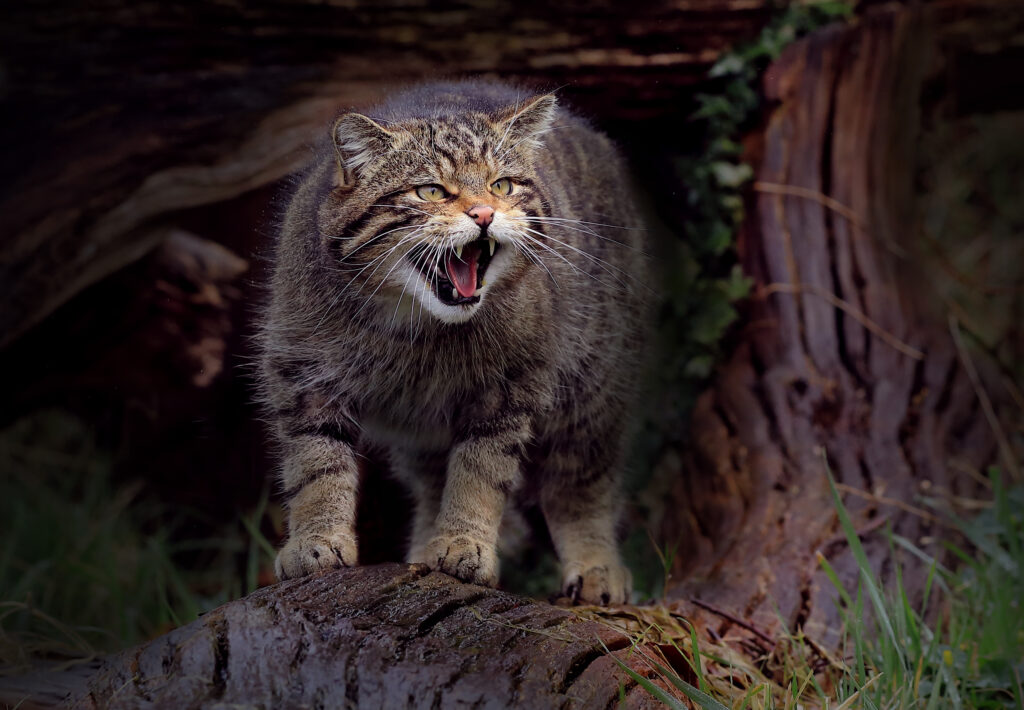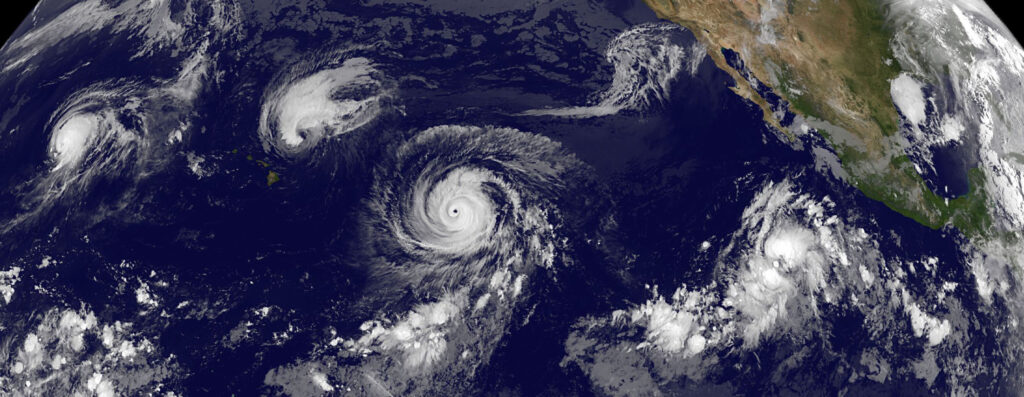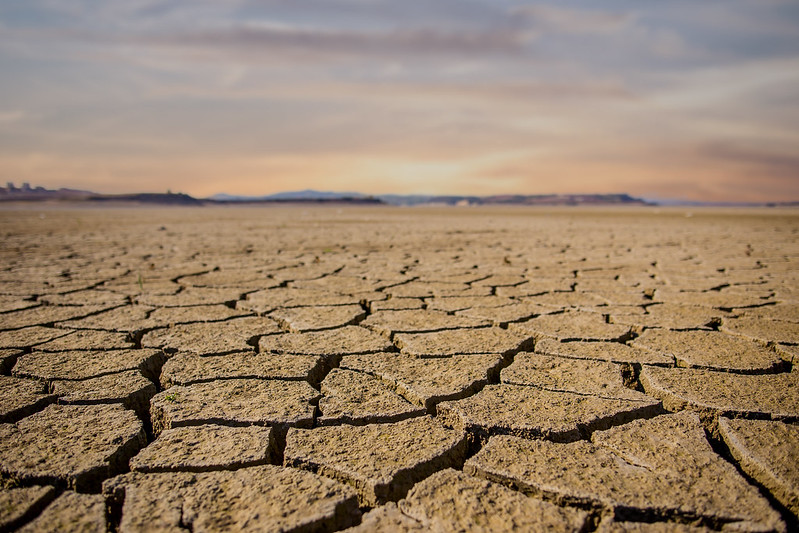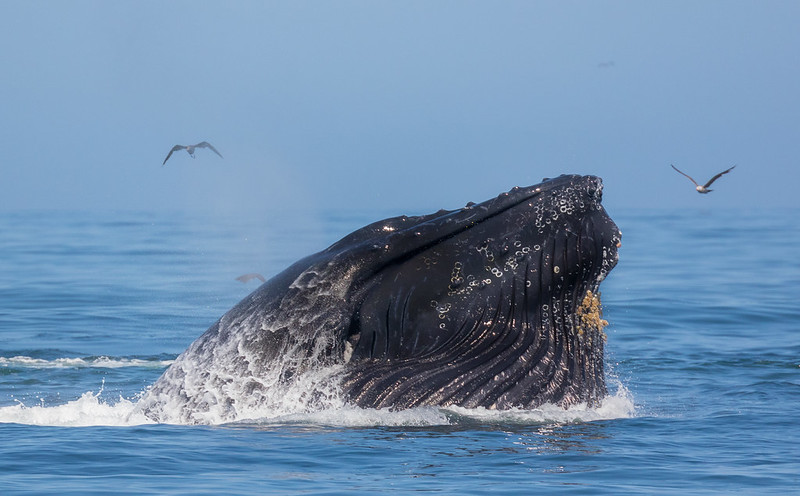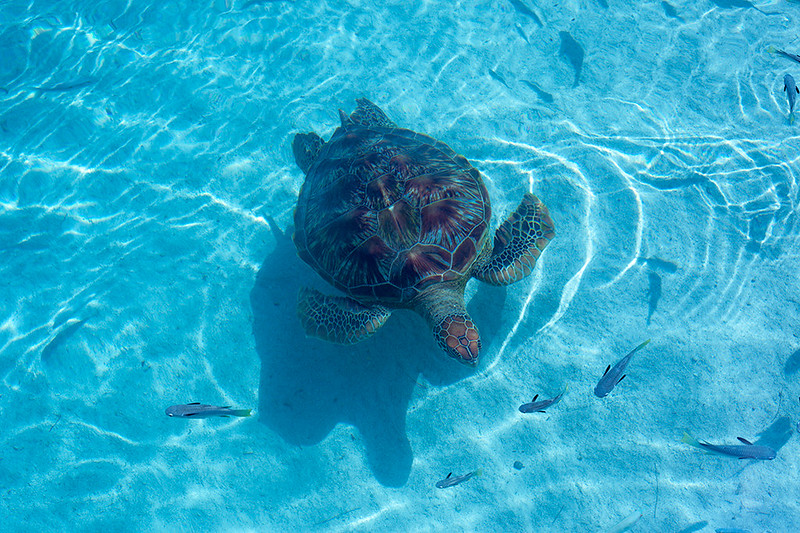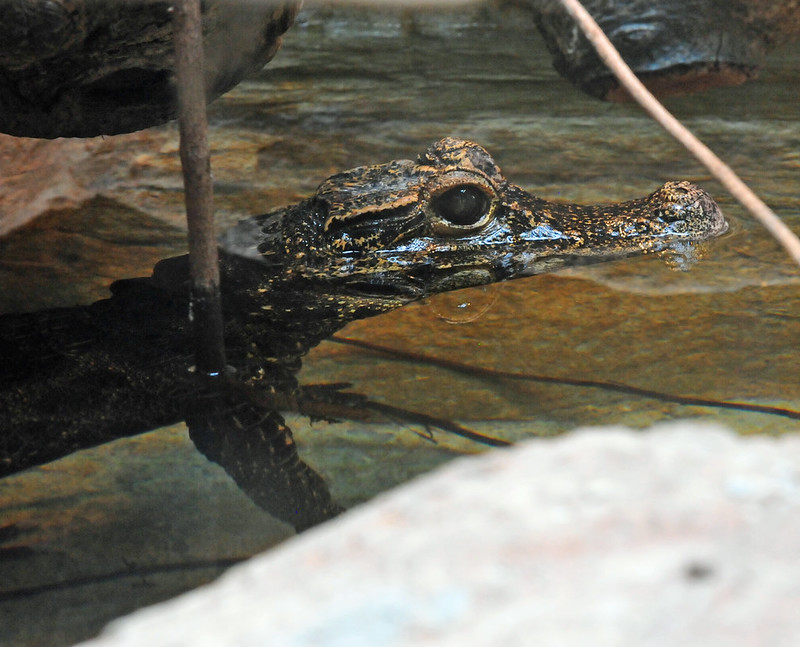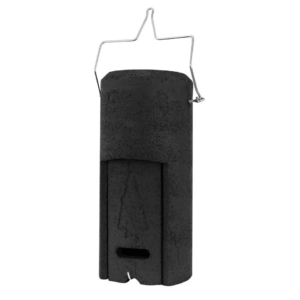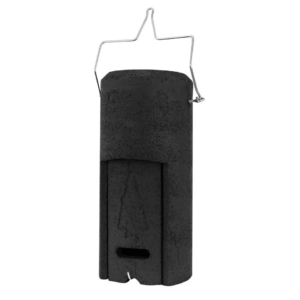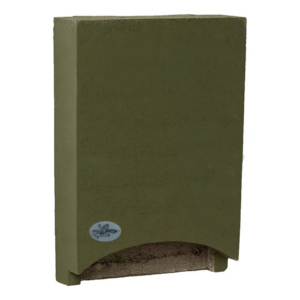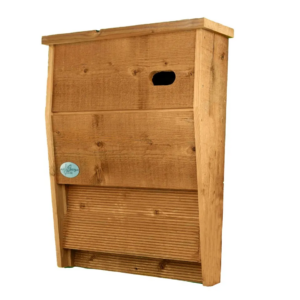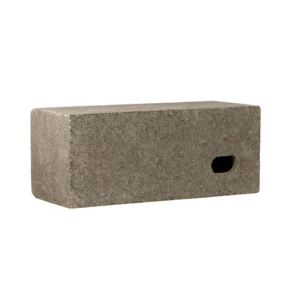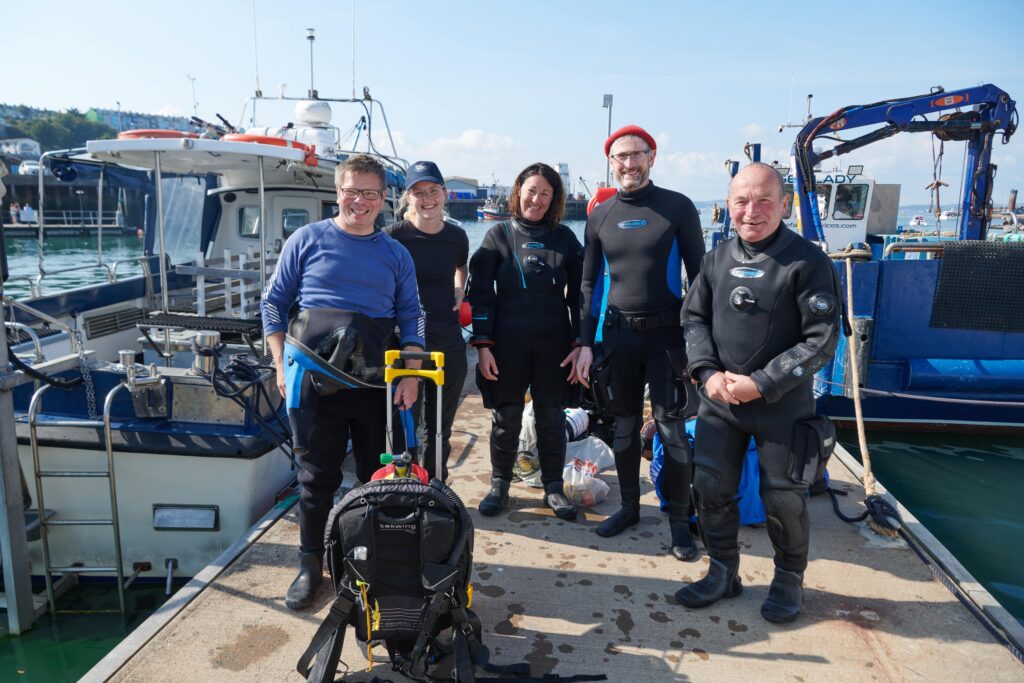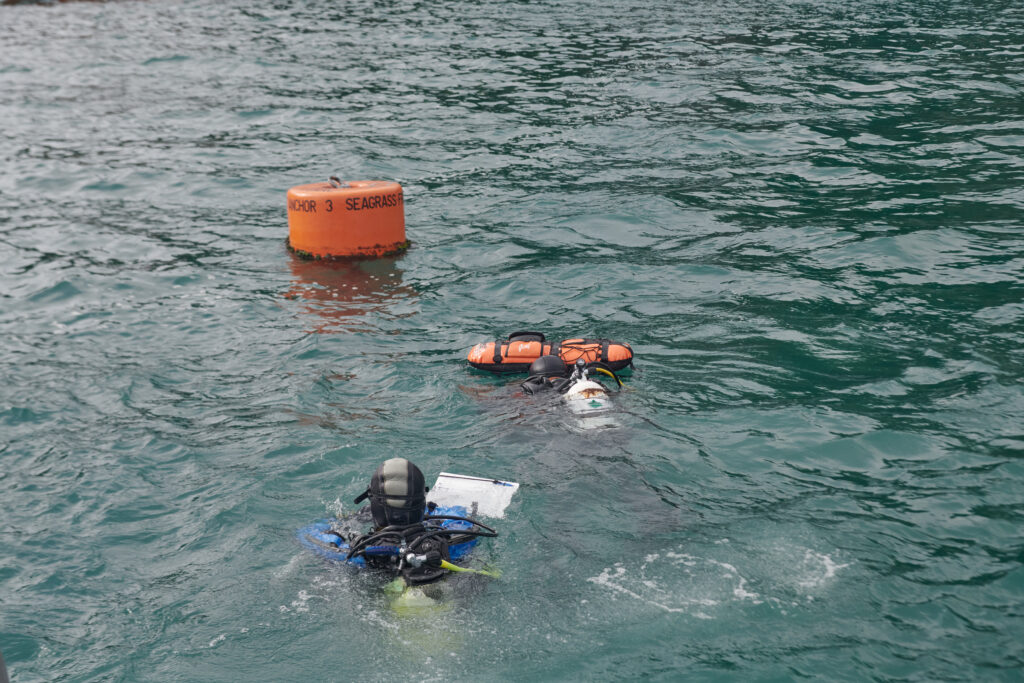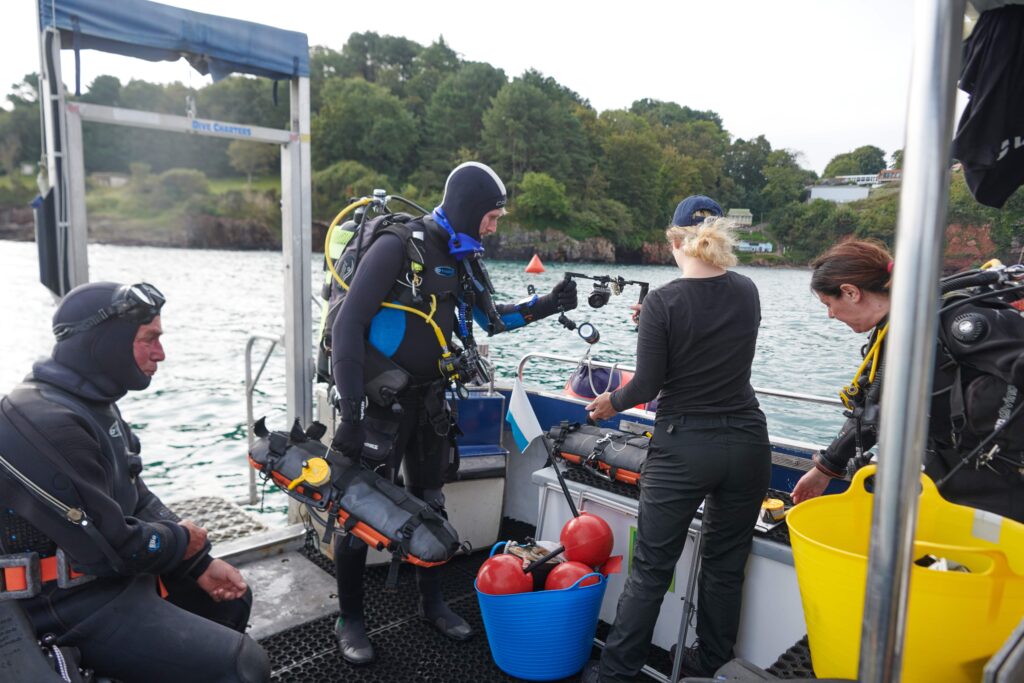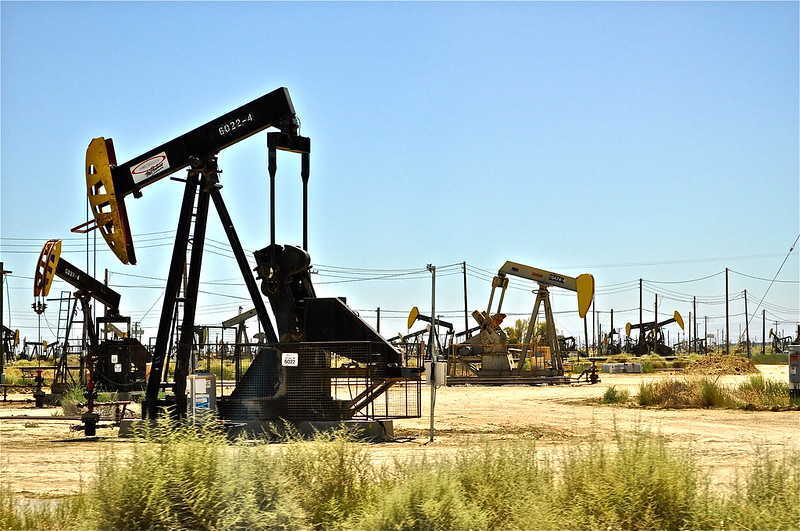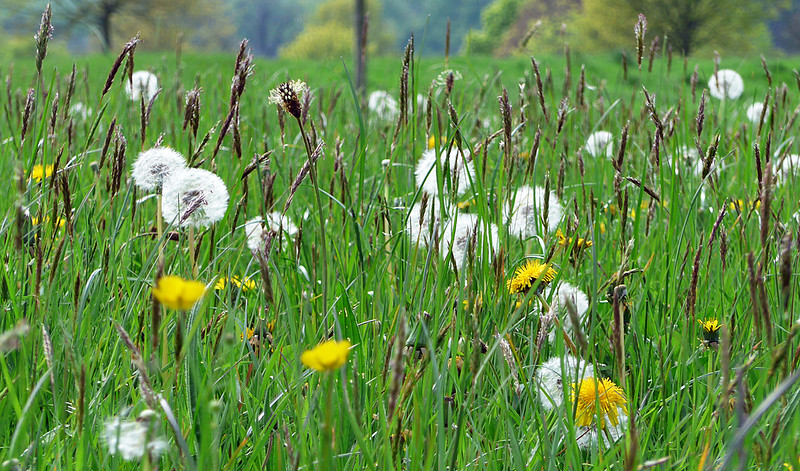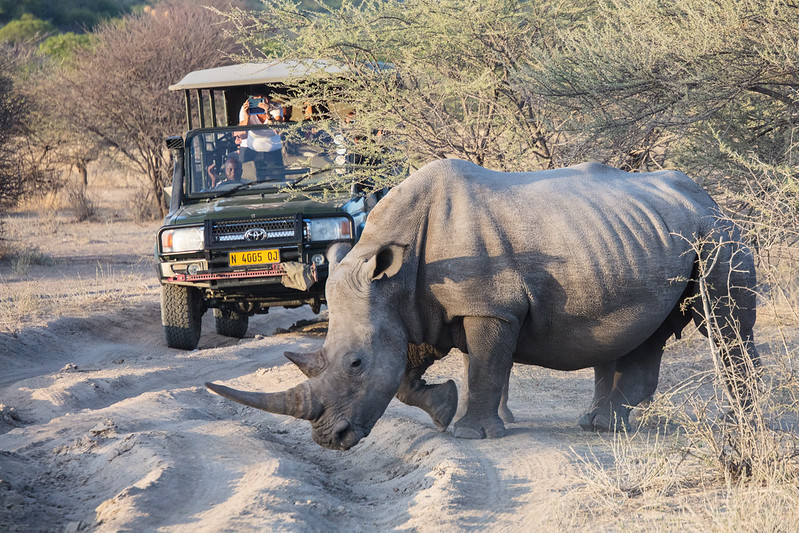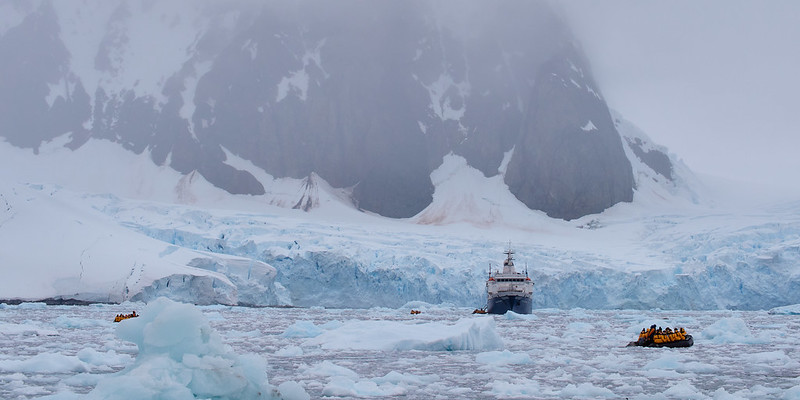2024 is set to bring big changes to development law with Biodiversity Net Gain (BNG) measures becoming mandatory for most developments in England from 1st January. Small sites will not be subject to BNG laws until April 2024, while laws pertaining to Nationally Significant Infrastructure Projects (NSIPs) are expected to come into force in November 2025.
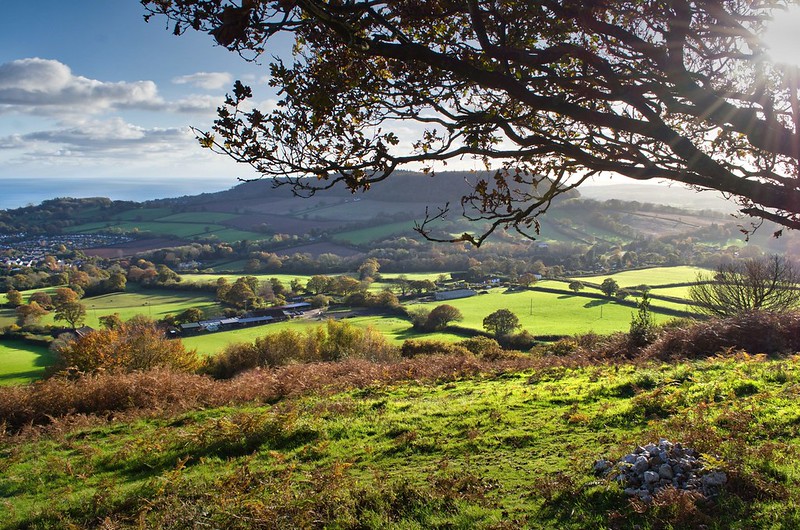
The Biodiversity Net Gain timeline to date
Following the Environment Act 2021 receiving royal assent in November 2021, provision was made for BNG to be introduced in England commencing in 2023. It was set out that gains could be delivered onsite, offsite or through the purchase of biodiversity credits.
In February 2023, Defra published its consultation response which provided more details on how BNG would be implemented, and suggested that the law would come into effect in November 2023. This has now been revised to January 2024.
At the end of September 2023, Defra and the Department for Levelling Up, Housing and Communities (DLUHC) published a timetable for the introduction of BNG. They also confirmed that it would only apply to new planning permission applications and not applied retrospectively to applications submitted prior to 1st January 2024.
This week, on 29th November, key guidance documents and secondary legislation were published by the Government.
Guidance documents
Step-by-step guidance has been provided for developers, land managers and local authorities which lead users through the BNG process.
Guidance for developers includes information on measuring the impact of a specific development on biodiversity, deciding how to achieve BNG, and ensuring that the 10% gain is maintained for at least 30 years.
Guidance for land managers looks at the options available for their land type and quantity, preparation and selling of biodiversity units, registering and recording the sale of the units to a developer, and the subsequent long-term management of the habitat.
Guidance for local authorities includes information on setting local policies to support biodiversity net gain, approving planning applications and biodiversity gain plans, reviewing the biodiversity gain plan, checking metric calculations and habitat surveys, checking developers selling excess on-site gains, checking the biodiversity gain sites register for off-site gains, monitoring BNG, and working with developers who wish to buy statutory biodiversity credits.

Secondary legislation
Secondary legislation are laws that add more detail to primary legislation, allowing them to be enacted and enforced. In the case of BNG, these laws will provide the practical details required for measures to be implemented under the primary legislation of the Environment Act 2021.
Statutory instruments (SIs) are the documents created that must be laid in Parliament before the law can be changed. There are six BNG statutory instruments that will need to be approved by Parliament before they can be brought into effect on 1st January. These include:
The Biodiversity Gain (Town and Country Planning) (Consequential Amendments) Regulations 2023 – These regulations make amendments to the existing primary legislation on planning so that the BNG framework can be included.
The Biodiversity Gain Site Register (Financial Penalties and Fees) Regulations 2023 – This allows for fees to be incurred when registering land in the biodiversity gain register and financial penalties to be charged where incorrect information is provided.
The Biodiversity Gain Site Register Regulations 2023 – This sets out the details and eligibility criteria for the creation of a publicly available “biodiversity gain site register”. The register will be established and maintained by Natural England.
The Biodiversity Gain Requirements (Exemptions) Regulations 2023 – This sets out the categories of development that are exempt from creating biodiversity net gain.
The Biodiversity Gain Requirements (Irreplaceable Habitat) Regulations 2023 – This lists the habitats that are considered irreplaceable and for which the standard 10% requirement will not be applied.
The Biodiversity Gain (Town and Country Planning) (Modifications and Amendments) (England) Regulations 2024 – These regulations details how the BNG process will work within the existing planning application procedure. It also includes details of how appeals should be made.
The first two SIs were laid in Parliament on 30th November and will shortly be published on the Government’s legislation website. The remaining four still require approval by Parliament, although draft versions can be viewed using the links above.
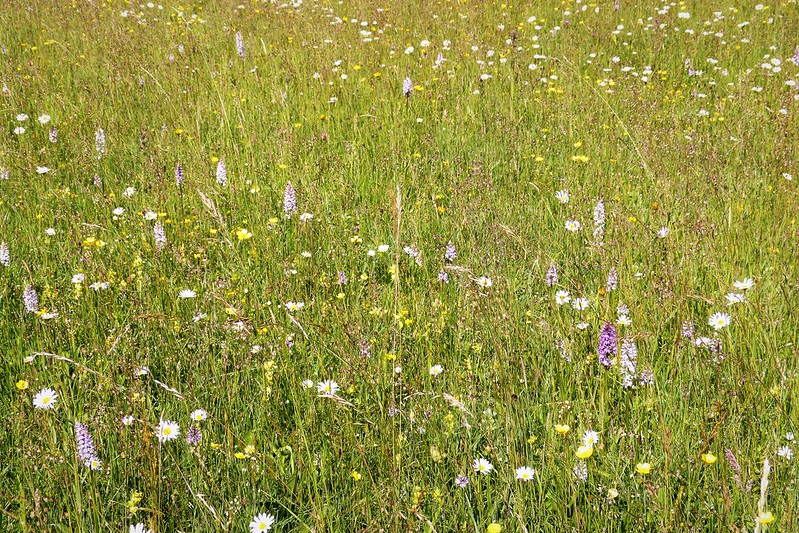
Next steps
In January 2024 BNG will become mandatory for new applications for planning permission, with the exclusion of small sites* where BNG will not need to be delivered until April 2024, and NSIPs which will be covered from November 2025.
Having lost nearly half of our biodiversity since the 1970s, the UK is one of the most nature-depleted countries; we are ranked in the worst 10% globally for biodiversity intactness. Overall, 41% of species in the UK have declined in the last 50 years, with 26% of mammals at risk of extinction. We’ve lost 97% of our meadows, 90% of our wetlands and 80% of lowland heathland.
A scheme where development will no longer lead to biodiversity loss, but instead to net gain, is a step in the right direction to preventing further loss and helping to begin repairing our degraded environment.
* (Small sites are defined as (i) For residential: where the number of dwellings to be provided is between one and nine inclusive on a site having an area of less than one hectare, or where the number of dwellings to be provided is not known, a site area of less than 0.5 hectares. (ii) For non-residential: where the floor space to be created is less than 1,000 square metres OR where the site area is less than one hectare.).
Further reading
NHBS blog: Biodiversity Net Gain – Information about the scheme, including who will be affected, how it will be measured and potential barriers to its effectiveness.
NHBS blog: Biodiversity Net Gain: Credit Creation and Metric 4.0
Defra land use blog – articles on everything relating to BNG.

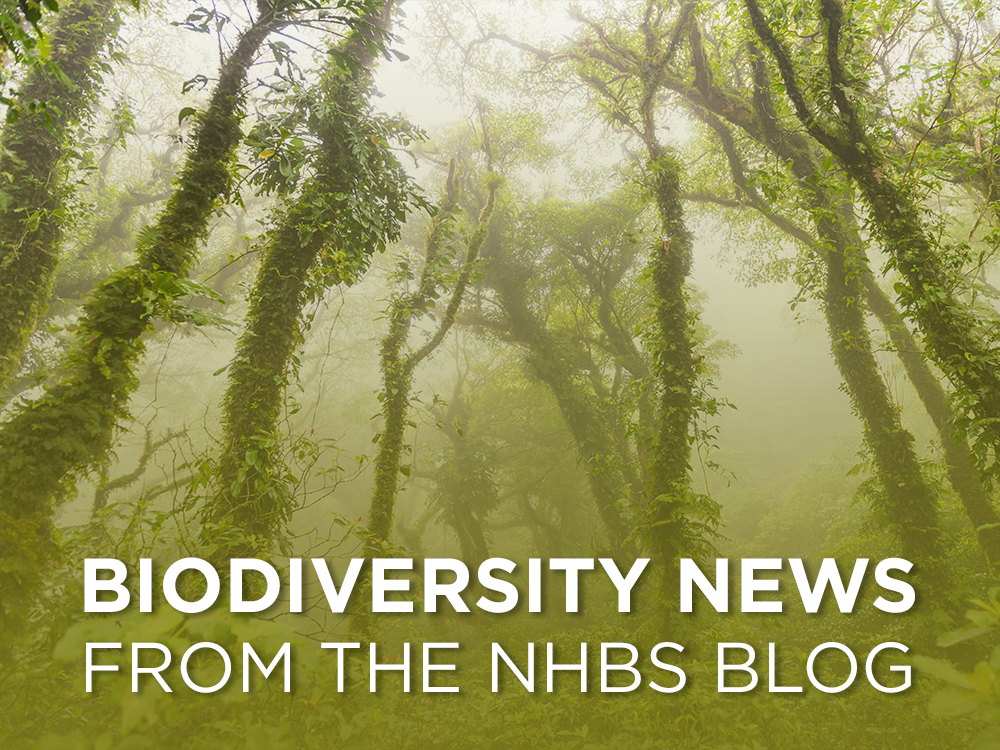
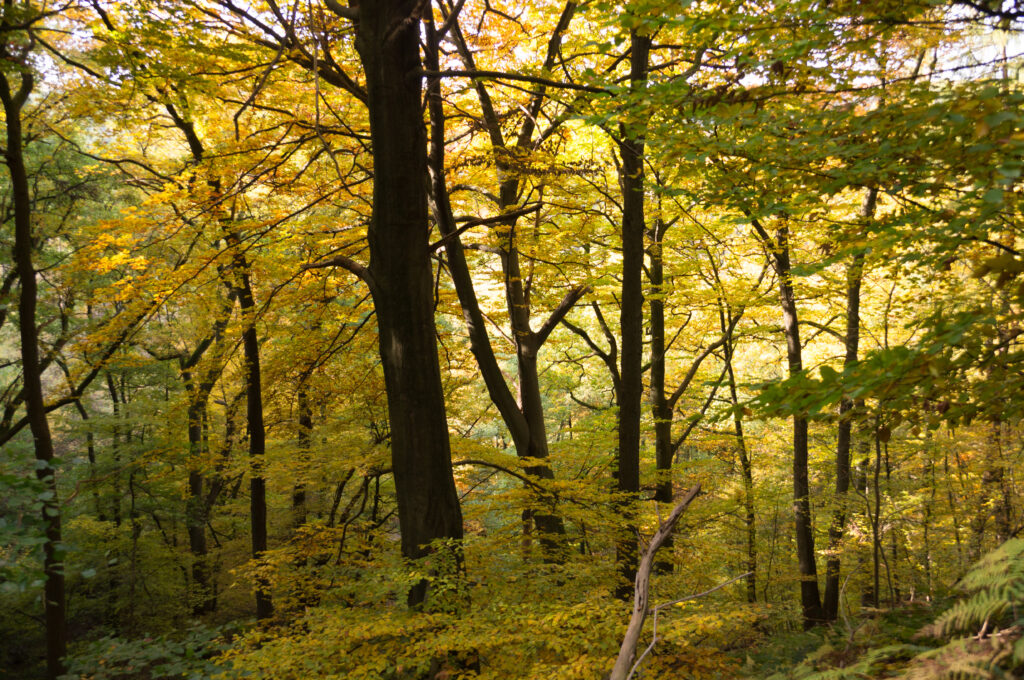
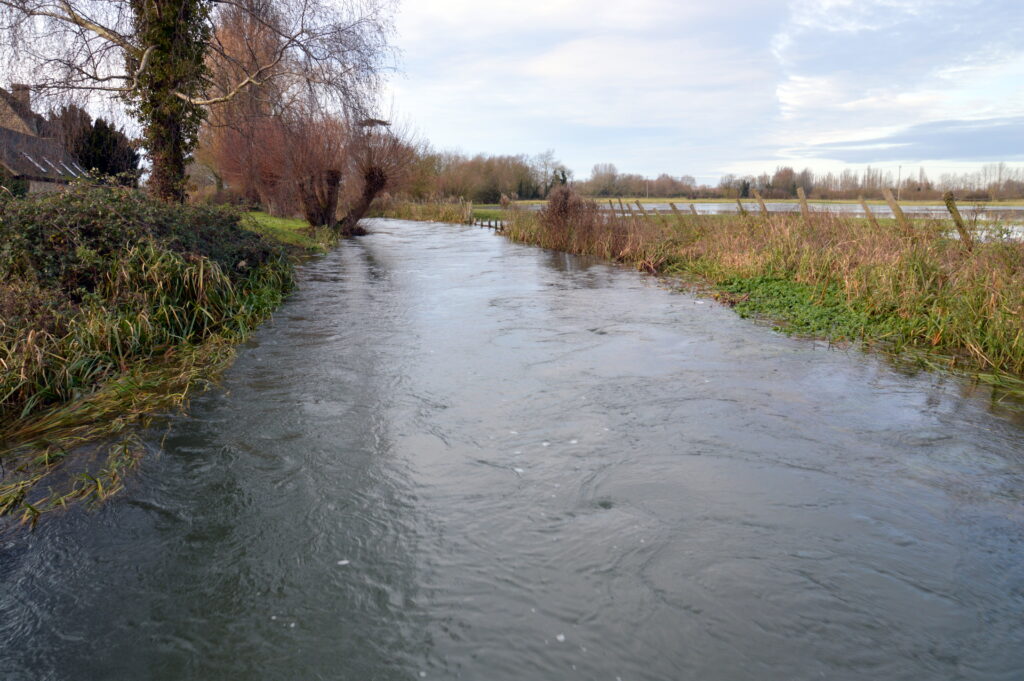
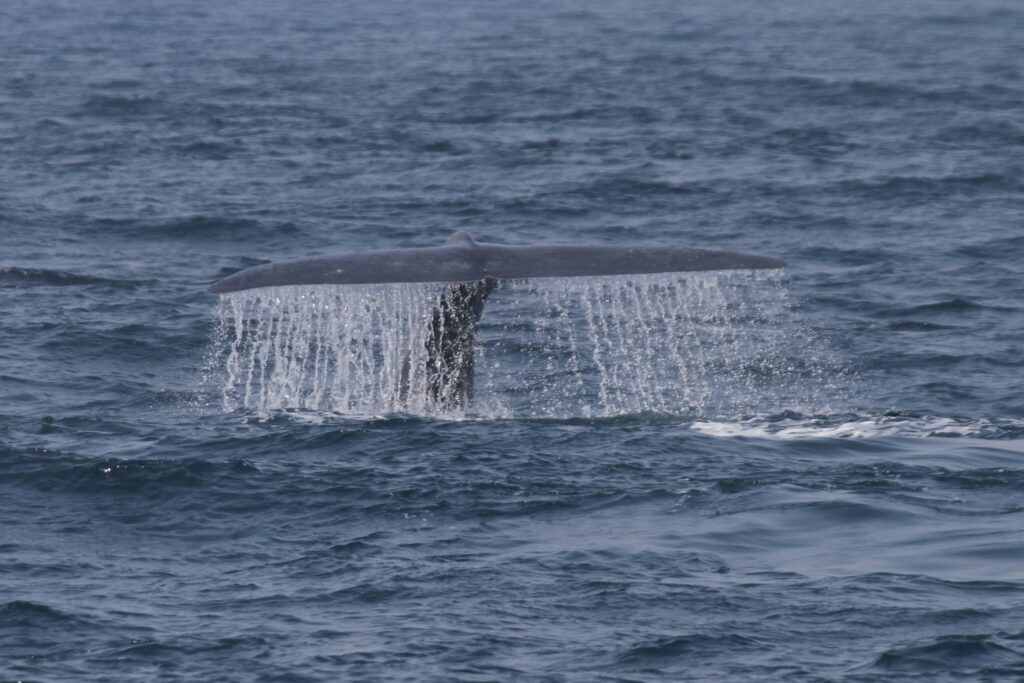
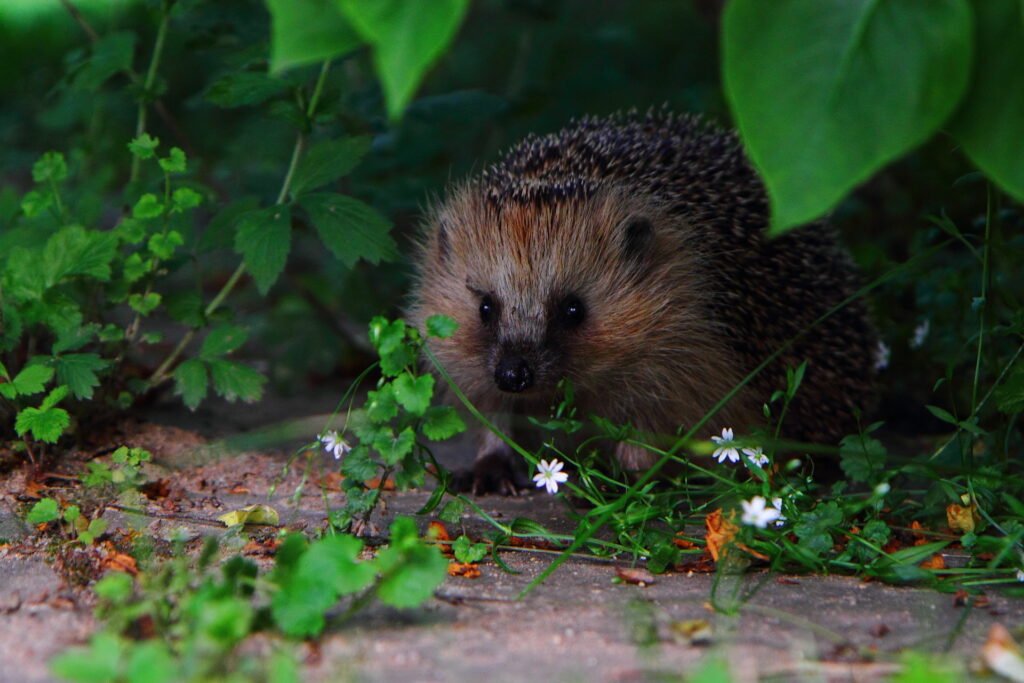
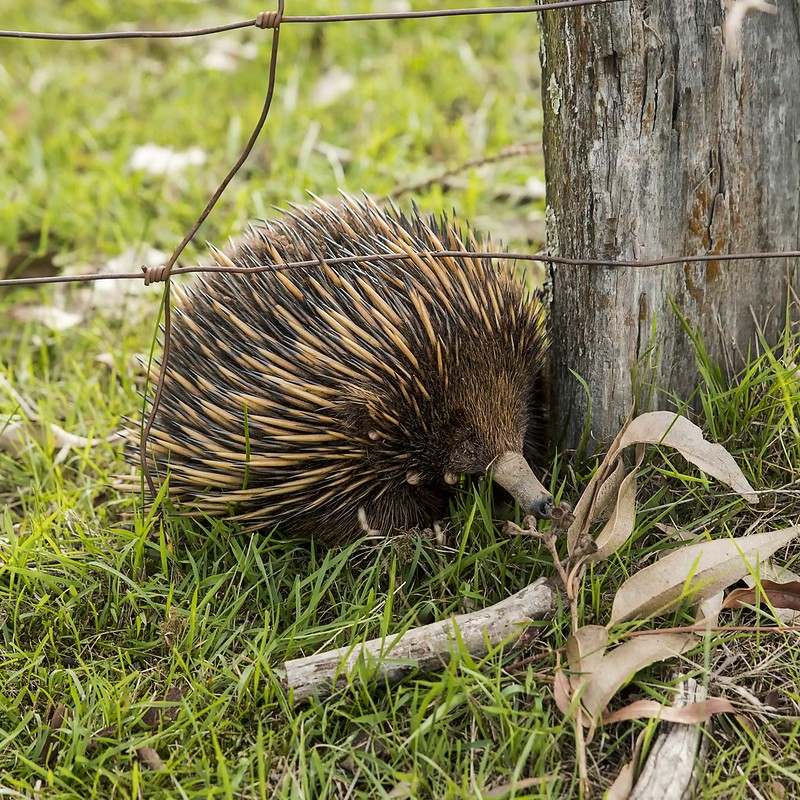
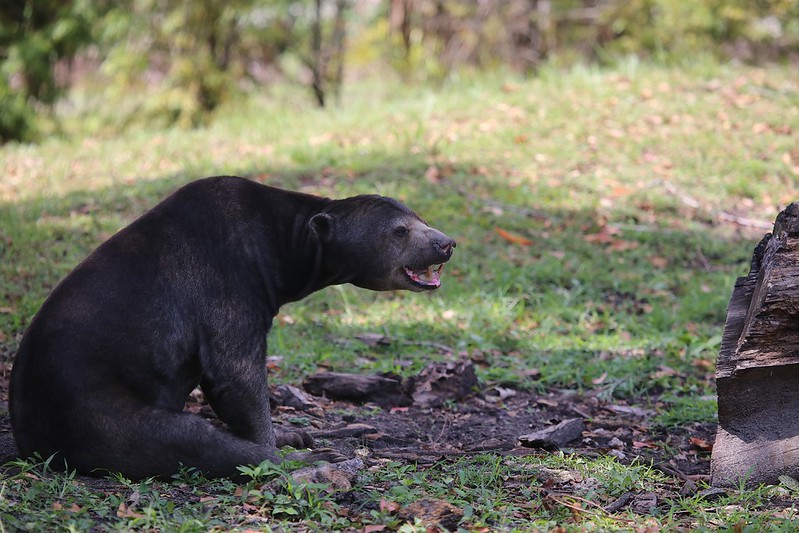
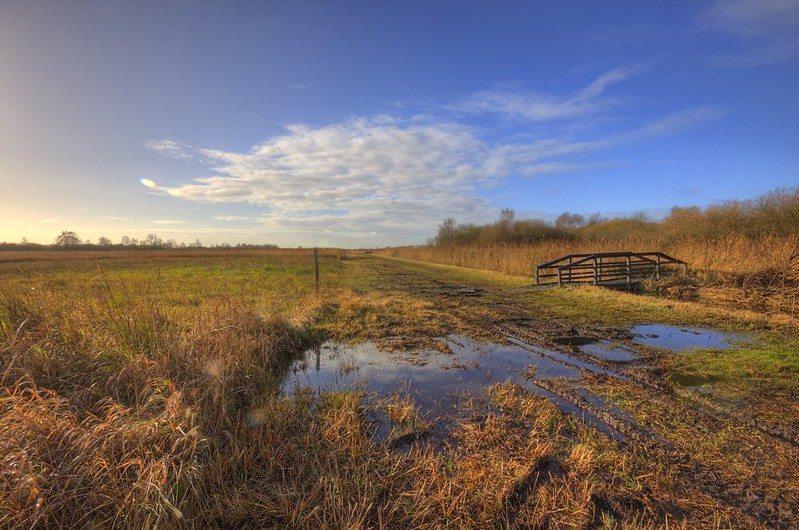
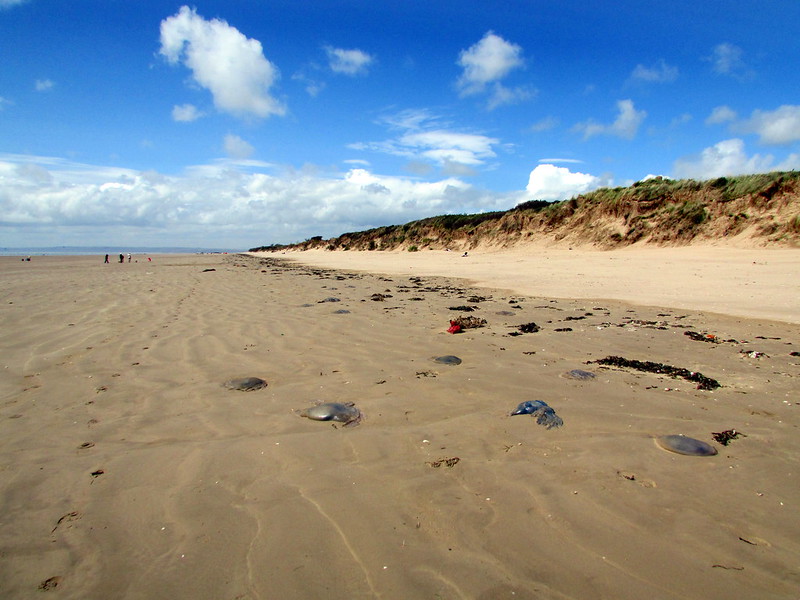
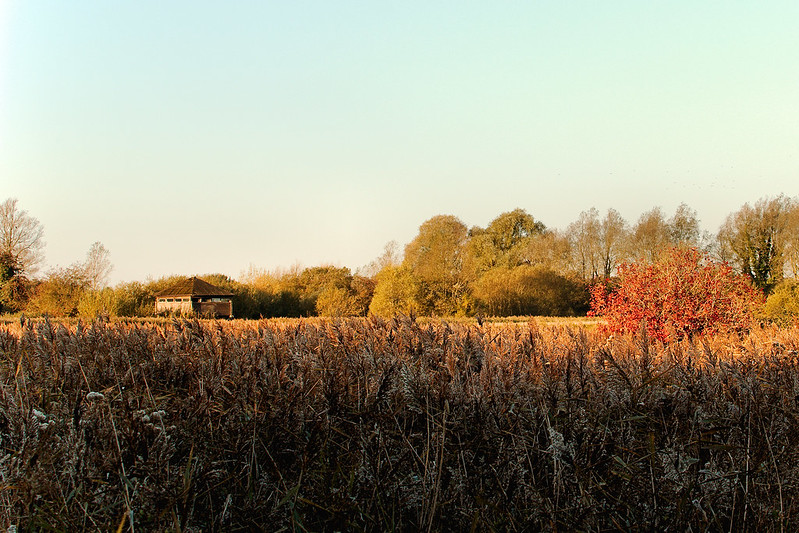
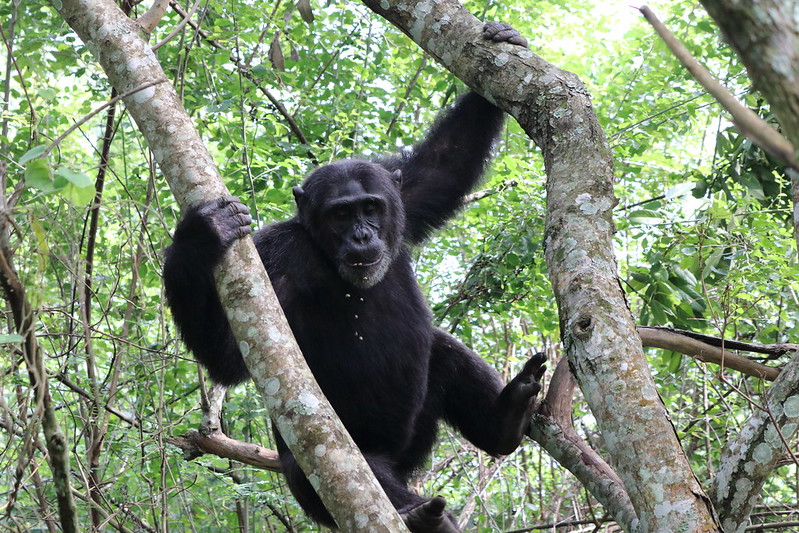

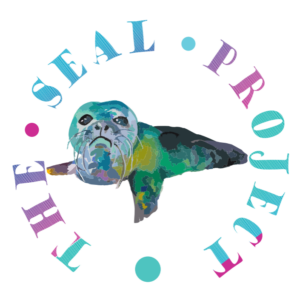 The Seal Project is an environmental conservation charity based in Brixham, Devon, which
The Seal Project is an environmental conservation charity based in Brixham, Devon, which 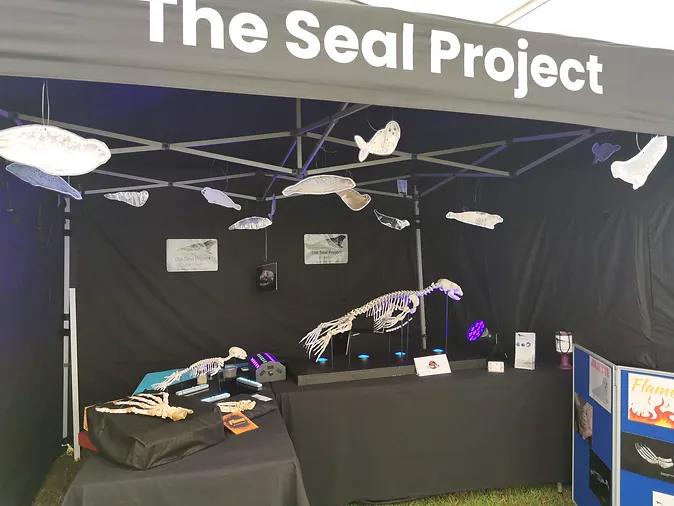
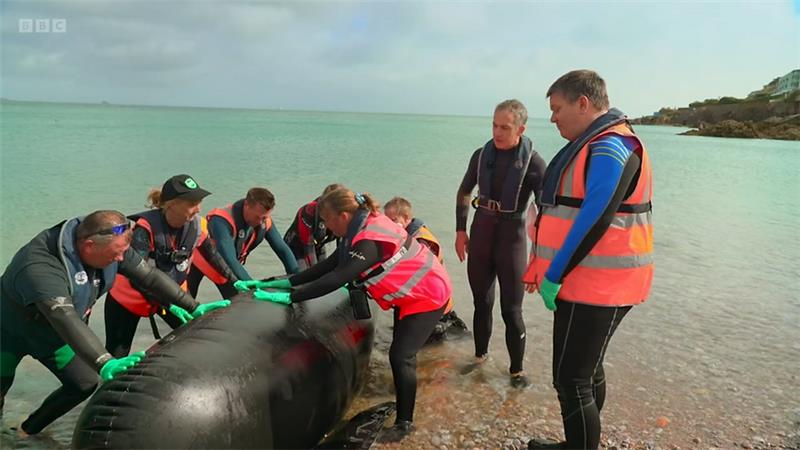
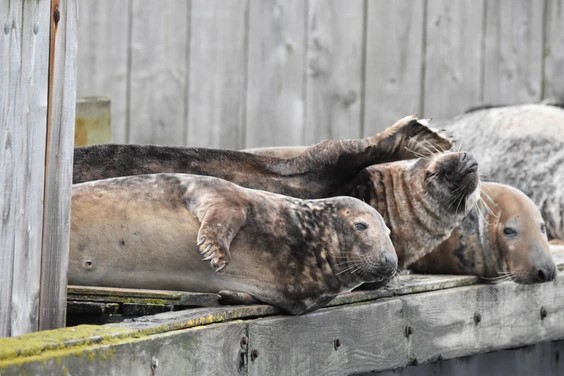
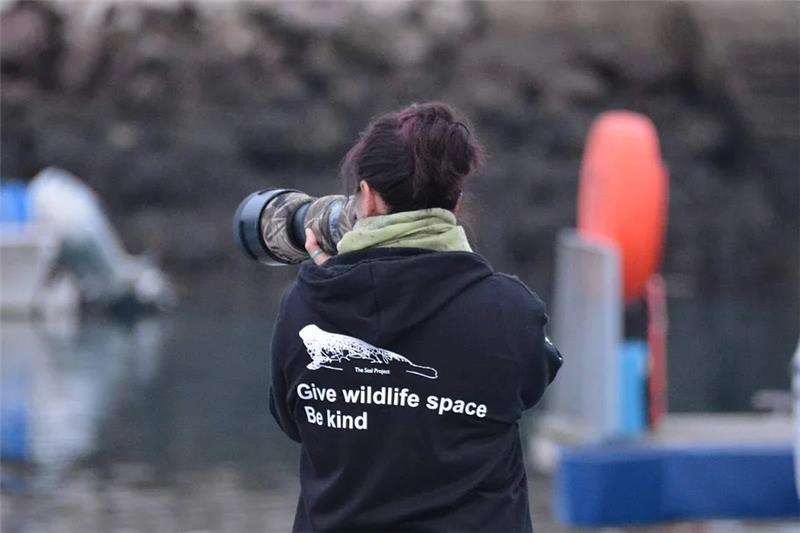
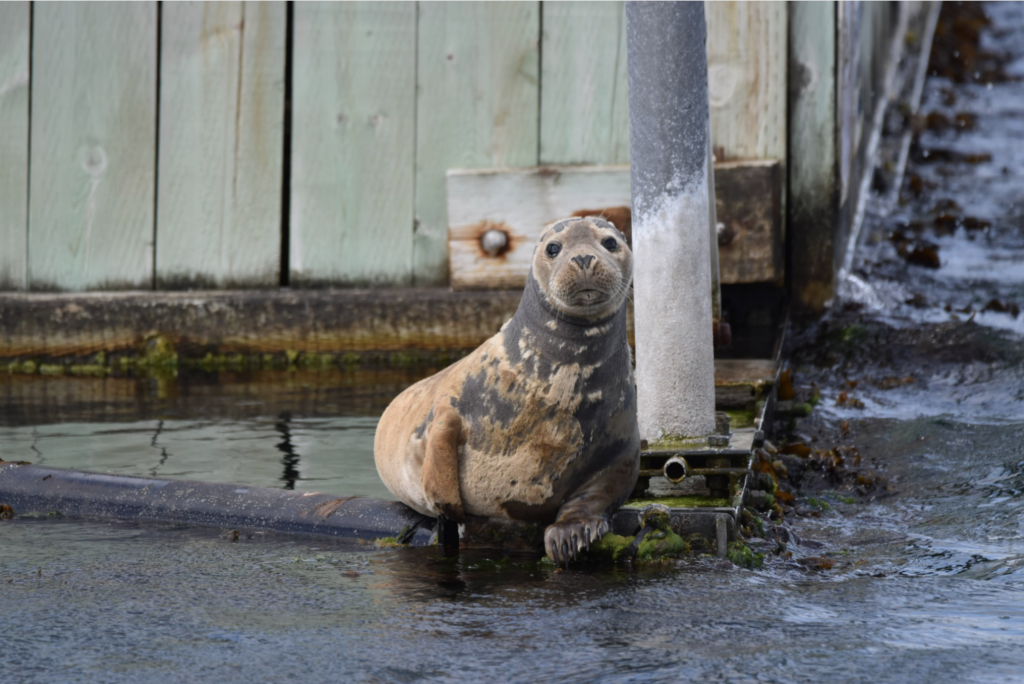 ‘Easter Bunny’ is one of my favourite seals and can still be seen today resting around the local area. We first encountered him in 2020 as a juvenile seal entangled in industrial strength plastic. He vanished and we feared the worst, however a week later, on Easter Sunday, he was back in the same haul out spot on a girder in the marina, freed from the plastic. At the time of our first sighting, he appeared to have a bunny shape on his right-hand side (alongside a letter ‘A’), but this time the bunny seems to have disappeared with the ‘A’ is clearly visible. He reappeared regularly over the coming years, often seen for a few days and until the last several months always in the same spot, before disappearing for a few days and coming back again. We have seen him elsewhere a number of times, and last winter he was seen socialising with two ‘tagged’ seals (former rescued seals with plastic rear flipper tags for identification), so we look forward to seeing if they return to the area soon too.
‘Easter Bunny’ is one of my favourite seals and can still be seen today resting around the local area. We first encountered him in 2020 as a juvenile seal entangled in industrial strength plastic. He vanished and we feared the worst, however a week later, on Easter Sunday, he was back in the same haul out spot on a girder in the marina, freed from the plastic. At the time of our first sighting, he appeared to have a bunny shape on his right-hand side (alongside a letter ‘A’), but this time the bunny seems to have disappeared with the ‘A’ is clearly visible. He reappeared regularly over the coming years, often seen for a few days and until the last several months always in the same spot, before disappearing for a few days and coming back again. We have seen him elsewhere a number of times, and last winter he was seen socialising with two ‘tagged’ seals (former rescued seals with plastic rear flipper tags for identification), so we look forward to seeing if they return to the area soon too.